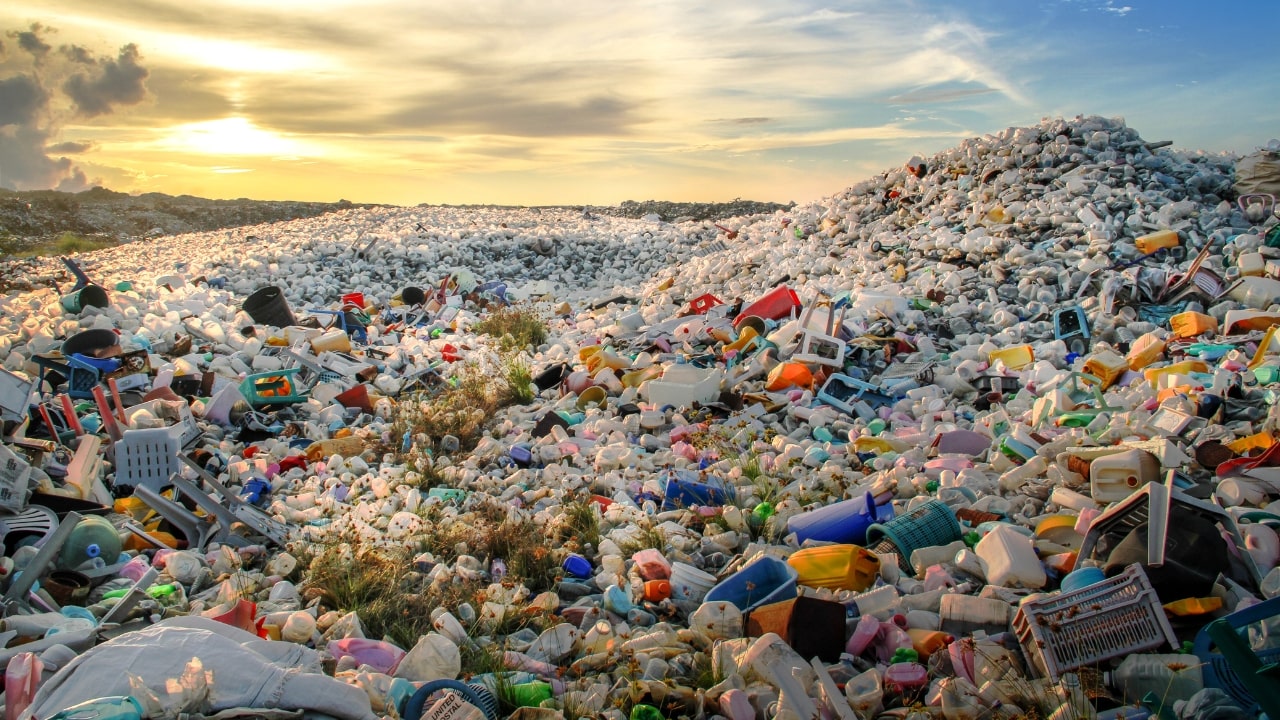More than 1.5 lakh tons of solid waste are generated from Indian cities daily, but only 25-28 percent is processed. The remaining waste is either dumped in the open or burnt. It is estimated that by the year 2030, this amount of waste will increase to 16 crore tons.
To deal with this huge waste, policymakers have found a way to eliminate the garbage pile and continue producing electricity. This process is completed by burning it in a waste-to-energy plant, which Home Minister Amit Shah inaugurated on November 1 in Ahmedabad, Gujarat. This plant converts waste into energy and is the largest plant in Gujarat.
MoU Signed With A Private Company
An MoU has been signed between Ahmedabad Municipal Corporation and a private company for this project. Under this agreement, the private company will produce electricity and earn money by burning one thousand metric tons of solid waste from the garbage generated daily from the city. This will eliminate the garbage and increase the revenue from the garbage in the city.
Since Ahmedabad is at the top in all other categories, the number in the cleanliness survey falls due to the accumulated garbage. This causes a huge loss to Ahmedabad. Now, the company will benefit from the electricity produced under this waste-to-energy project.
What Is Special
The logic behind building such a plant is that it is better to burn the waste in the plant to produce electricity and oil rather than wasting time and resources separating the garbage. However, this is not the first time such a plant has been built. The country’s first WTE plant was set up in Timarpur, Delhi 1987. At that time, it ran for only 21 days before it was shut down due to the poor quality of the incoming waste.
Under experimental operation, this plant produces 15 megawatts of electricity every hour by disposing of 1000 tons of waste daily. When fully operational, this plant will manage 4000 metric tons of the city’s waste daily and produce about 350 megawatts of electricity.
How Is Electricity Produced From Waste?
The waste-to-energy plant uses waste as fuel to produce electricity, just like other power plants use coal, oil, or natural gas. Electricity is made in this plant in seven stages.
First, garbage comes to the dumping pit. This garbage is the same as that dumped in the open at the landfill site, but here, it is processed.
The second step is lifting the garbage by a crane and putting it on a conveyor belt, where the wet garbage is dried. Also, useless things are separated. This is done here because the garbage comes mixed, and it is necessary to make it usable in the plant.
The third step is to burn the garbage. The garbage is put in the combustion chamber and burned. Here, the temperature is 800 to 1000 degrees Celsius. Heat is released during this process. This heat converts water into steam in the boiler.
In the fourth step, high-pressure steam rotates the blades of the turbine generator, producing electricity. This process reduces the effect of harmful gases emitted from the waste. In the fifth and last stage, the ash is collected from the boiler and air-pollution control system.









